10 Social Media Habits That Encourage Overspending

Ever notice how your shopping cart fills up after scrolling through social media? It’s no coincidence. Social platforms have become powerful spending triggers, subtly influencing our financial decisions every day. From carefully curated influencer posts to one-click shopping features, these digital spaces are designed to loosen our wallets without us fully realizing it.
1. Following Influencers Who Promote Luxury Lifestyles
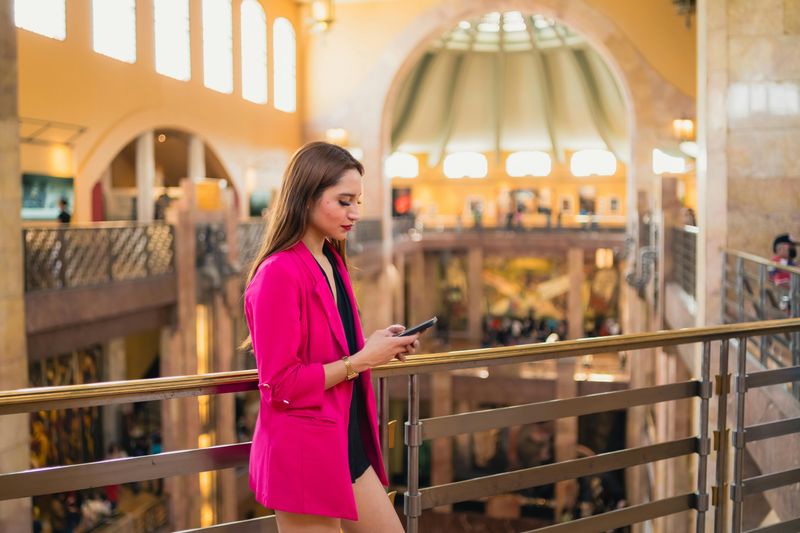
Yacht parties in Monaco, designer handbags, and penthouse views – influencers showcase a world of luxury that feels both aspirational and somehow attainable. Their carefully edited content rarely reveals the sponsorships, family wealth, or mounting debt behind the scenes.
Most concerning is how these lavish displays rewire our perception of normal spending. That $300 skincare routine starts seeming reasonable when someone you admire uses it daily. The constant exposure creates a dangerous illusion that high-end products are necessities rather than luxuries.
Before you know it, you’re justifying purchases far beyond your means, chasing a lifestyle that exists primarily as marketing content. Even budget-conscious people find themselves gradually spending more as their reference point for ‘normal’ shifts upward with each glamorous post.
2. Engaging With Sponsored Content Without Awareness

That makeup tutorial or cooking video you just watched? Probably selling you something without announcing itself as an ad. Modern sponsored content blends seamlessly with regular posts, making it challenging to distinguish genuine recommendations from paid promotions.
Celebrity skin routines featuring conveniently placed products, travel vlogs with tagged hotels, and casual mentions of ‘favorite’ items all create the illusion of authentic endorsement. The psychology is clever – when someone you trust and admire appears to use a product naturally, your guard drops.
Many users don’t realize that influencers may have never used the product before the sponsored post or that they’re contractually obligated to speak positively about it. This manufactured trust bypasses your critical thinking, leading to purchases based on artificial peer approval rather than actual need.
3. FOMO (Fear of Missing Out) from Social Events and Experiences
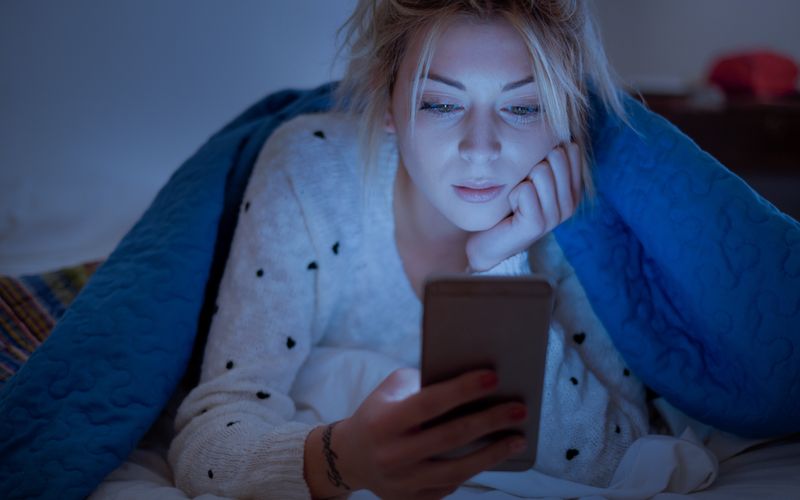
Friends posting from music festivals, rooftop bars, and exotic beaches trigger a powerful emotional response. Nobody wants to feel left out while others create memories. This social anxiety drives impulsive spending on experiences you hadn’t planned for and might not even truly enjoy.
FOMO doesn’t just affect travel decisions – it extends to smaller expenditures too. Concert tickets, restaurant openings, and even seasonal activities like pumpkin picking or holiday light shows become must-do events when your feed fills with others participating. The fear isn’t rational but feels intensely real.
Research shows that FOMO-driven purchases often leave people feeling empty afterward. The satisfaction comes from posting about the experience rather than from the experience itself, creating an expensive cycle of buying moments primarily for social validation rather than personal enjoyment.
4. Participating in TikTok/Instagram “Hauls” and Trends
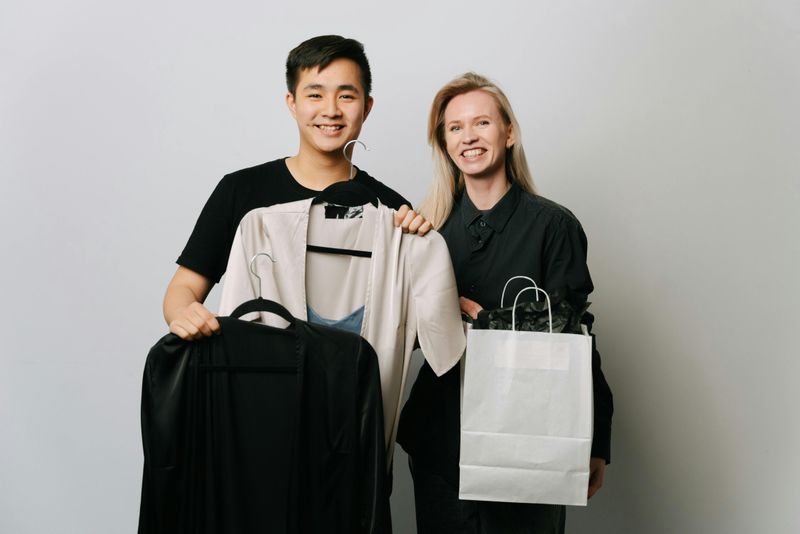
“I bought the entire summer collection so you don’t have to!” Videos featuring massive shopping hauls normalize excessive consumption under the guise of being helpful. Creators unbox dozens of products while viewers absorb the subtle message that buying in bulk is standard behavior.
Aesthetic trends like “coastal grandmother” or “clean girl” appear and disappear at breakneck speed, pressuring followers to constantly update their wardrobes, makeup collections, and home decor. The fleeting nature of these trends means items quickly feel outdated, fueling more purchasing.
Young users are particularly vulnerable to these influences. Studies show teenagers spend an average of $324 annually on trend-driven purchases they later regret. The dopamine hit from participating in a viral trend provides temporary belonging but creates lasting financial strain and contributes to wasteful consumption habits.
5. Impulse Buying From In-App Shopping Features
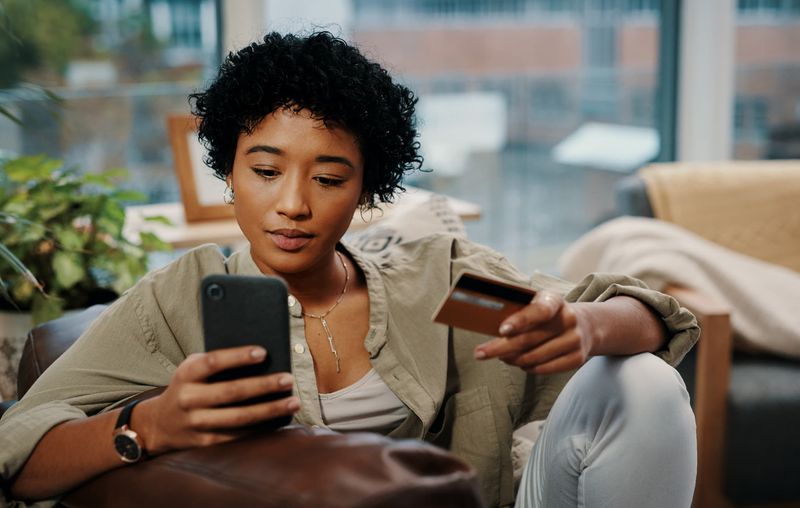
Remember when social media was just for connecting with friends? Now platforms have transformed into shopping malls where every post potentially leads to purchase. The tap-to-buy features eliminate the cooling-off period between desire and acquisition, making spending dangerously frictionless.
Algorithms track your viewing habits to serve increasingly personalized product recommendations, creating an uncanny feeling that the app knows what you want before you do. The convenience is undeniable – but so is the financial impact of removing natural decision-making barriers.
Most concerning is how these features capture users during emotionally vulnerable moments. Feeling sad? Here’s a product that might cheer you up. Bored? Try this new gadget. By integrating commerce directly into our social spaces, platforms have created an environment where spending becomes the default response to almost any emotional state.
6. “Treat Yourself” Culture Glorification

“Because you deserve it” captions accompany posts showcasing $200 spa days, luxury candles, and expensive dinners. Social media has transformed self-care from basic wellness into premium indulgence, reframing wants as needs under the banner of emotional health.
Memes joking about “retail therapy” and celebrating financial irresponsibility normalize unhealthy spending patterns. The language is particularly effective – who would argue against deserving nice things? This emotional manipulation links spending to self-worth, making budgeting feel like self-deprivation rather than responsible planning.
Financial advisors note a troubling trend: clients increasingly categorize luxury purchases as “mental health necessities,” making them untouchable in budget discussions. While genuine self-care matters, the commercialized version promoted on social platforms serves primarily to benefit retailers while potentially harming the very wellbeing it claims to support.
7. Comparison with Peers’ Highlight Reels

Your college roommate just renovated her kitchen with marble countertops. Your coworker posted photos from his third international trip this year. Each scroll brings fresh evidence that everyone else seems to be thriving financially while you struggle to save.
What you don’t see: the home equity loan financing those countertops or the credit card debt funding those vacations. Social comparison triggers powerful emotions – inadequacy, envy, and determination to catch up – that override logical financial planning. Research from financial psychologists confirms that comparison spending accounts for approximately 17% of unnecessary purchases.
The effect intensifies within close social circles. While celebrity wealth might feel unattainable, seeing acquaintances enjoying apparent financial success makes similar spending feel both possible and necessary. This pressure leads many to live beyond their means simply to maintain the appearance of keeping pace.
8. Joining Giveaways and Sales for the Hype
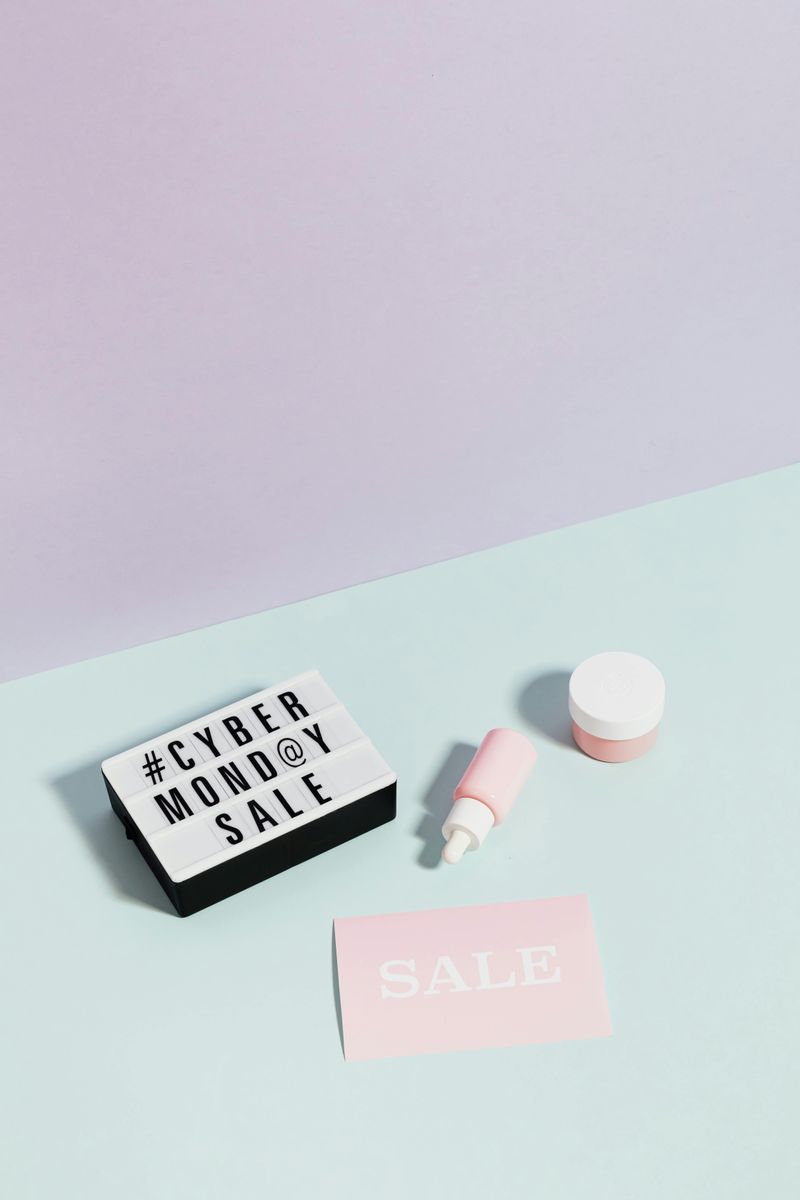
“FLASH SALE: 24 HOURS ONLY!” “Tag three friends to enter our luxury giveaway!” Social media creates artificial urgency around purchasing decisions, triggering fear that you’ll miss incredible opportunities. Marketing psychology leverages scarcity to short-circuit rational decision-making.
Giveaways seem harmless but serve as sophisticated marketing tools. By entering contests requiring follows, shares, and tags, you’re providing free advertising while being conditioned to desire products you previously lived happily without. The excitement of potentially winning overshadows the reality that you’re being marketed to.
Limited-time offers create particular pressure. Studies show that countdown timers in online sales can increase conversion rates by up to 332%. The social component amplifies this effect – seeing friends participate in the same sales creates both FOMO and social proof that the deal is too good to pass up, regardless of whether you needed the item.
9. Following Too Many Brand Accounts

Your morning scroll used to include friends’ updates and interesting content. Now it’s crowded with product drops, seasonal collections, and limited editions from the dozens of brands you follow. Each post serves as a mini-commercial, interrupting your day with shopping opportunities you weren’t seeking.
Brand accounts excel at creating parasocial relationships that feel personal. The casual, friendly tone and behind-the-scenes content create an illusion of connection, making you forget their primary goal is selling products. This false intimacy lowers your defenses against marketing messages.
The cumulative effect transforms social media from entertainment into a commercial experience. Marketing experts recommend brands post 1-2 times daily, meaning following just 20 brands exposes you to approximately 14,000 advertisements annually. This constant exposure normalizes frequent purchasing and keeps consumption perpetually top-of-mind.
10. Relying on Likes and Comments for Validation After Buying
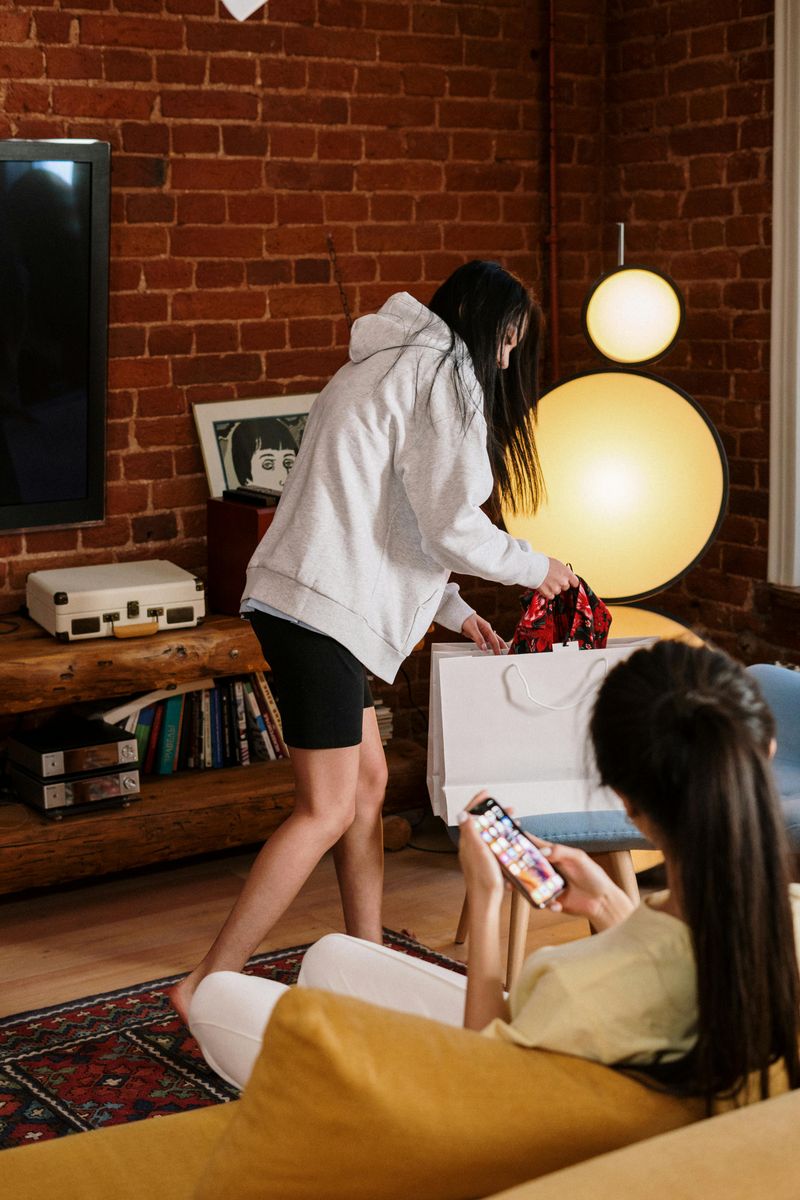
The new shoes you just bought remain in their box until you can photograph them perfectly. Your vacation feels incomplete without capturing the ideal sunset shot for Instagram. When purchases become content, their value shifts from personal enjoyment to social performance.
The dopamine hit from receiving likes and positive comments creates a powerful reinforcement cycle. Your brain begins associating spending with social validation, making it increasingly difficult to enjoy purchases privately or resist buying things specifically for their social media potential.
Financial psychologists warn about this modern phenomenon: spending-for-sharing. Studies show people often choose visually impressive but less personally satisfying options when anticipating posting about their purchase. This distorted decision-making leads to higher spending on photogenic items and experiences while potentially sacrificing more meaningful but less shareable alternatives.

Comments
Loading…